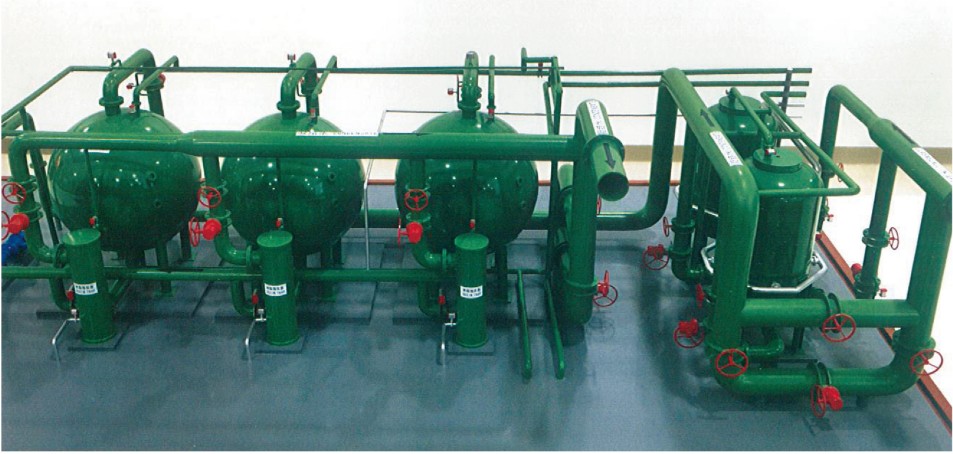Blogs
The sealing gasket and plate of plate heat exchanger are the main body and key parts of the equipment, and their important role is self-evident. As an important part for sealing, the selection of materials and performance analysis also determine the use and operation efficiency of an equipment in time.

Recently, when a friend installed the gasket of plate heat exchanger, the effect was very unsatisfactory. In fact, the gasket of plate heat exchanger is very common, but its installation method may not be so familiar. Today, Xiaobian shared with you three common installation methods developed by himself, hoping to help those in need.
First, it is a direct-attached type, that is, after the sealing gasket is coated with sealant, it is directly stuck in the installation groove of the heat exchange plate; The second is the glue nail inlay type, that is, open an assembly hole on the heat exchange plate, and design the glue nail on the side of the sealing gasket. After the sealing gasket is put into the installation slot, the glue nail is embedded into the assembly hole; Third, the fastening type is to design a fastening nail at the edge of the sealing gasket, and use the fastening nail to fasten the sealing gasket on the heat exchange plate.
For the above three methods, the adhesive sealing gasket has simple structure and easy processing, but it is relatively difficult to install and disassemble. The structure of the snap seal gasket is complex and the processing is troublesome, but the installation and disassembly are relatively easy. The sealing gasket of plate heat exchanger can be divided into symmetrical and asymmetrical shapes according to the profile shape of the product. Symmetrical shape is generally applicable to flat plates with oblique flow. The upper and lower sealing surfaces are flat, symmetrical along the water plane, and can be installed in both directions. The asymmetric ground is flat, and the upper sealing surface can be flat, curved or inclined.
In different applications, the sealing gasket of plate heat exchanger has different forms. For example, if users want to obtain higher heat exchange efficiency, the commonly used gasket will adopt the oblique flow form; If you want to save costs, use unilateral flow, and so on. Let's look at the specific performance of the plate heat exchanger gasket in different occasions!
The plate of plate heat exchanger is divided into one-way flow and diagonal flow according to the flow form of heat transfer medium. Accordingly, the sealing gasket of plate heat exchanger is divided into one-way flow and diagonal flow according to the flow form of heat transfer medium.
The one-way flow of the plate heat exchanger gasket means that the heat transfer medium flowing from the right corner hole of the heat exchanger plate flows out from the right corner hole. Similarly, the heat transfer medium flowing from the left corner hole flows out from the left corner hole. Oblique flow refers to the flow of heat exchange fluid from the right corner hole, and then from the left corner hole, or the flow of fluid from the left corner hole flows out from the right corner hole, which is inclined flow pattern. In terms of heat transfer efficiency, oblique flow is better than unilateral flow, but the cost of unilateral flow is relatively low, so unilateral flow is generally used when the heat transfer efficiency can be met.

King DuPont, China famous brand of heat transfer and fluid handling supply platform.
Contact

Get Free Quotes
NEED TO CHAT?
We will get back to you within 24 hours of receiving the message.

